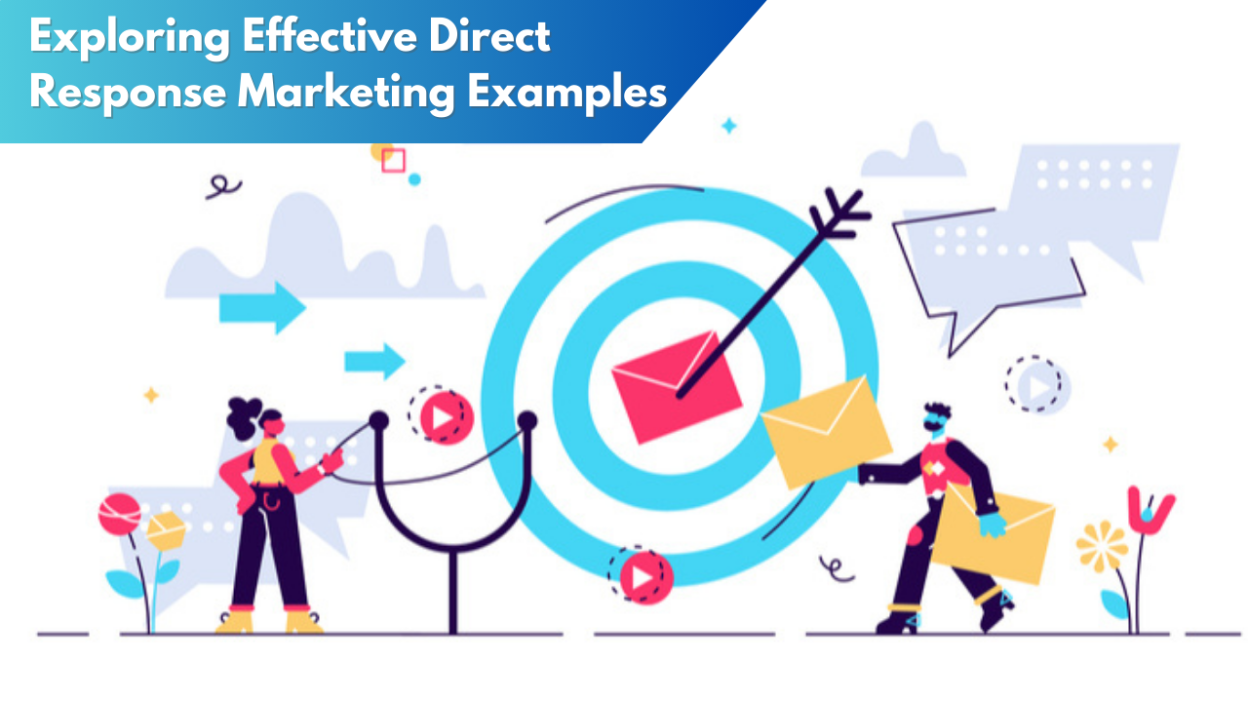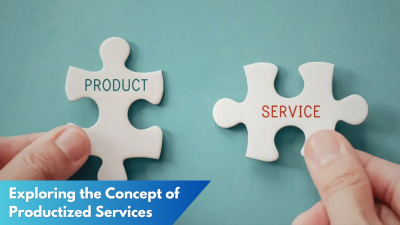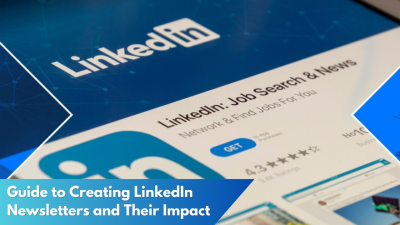Direct response marketing has emerged as a powerful tool for businesses seeking immediate engagement and measurable results from their advertising efforts. Unlike traditional marketing, which focuses on building brand awareness over time, direct response marketing compels audiences to take instant action. This article delves into successful examples of direct response marketing, highlighting strategies that capture attention and convert prospects into customers effectively.
Unveiling Direct Response Marketing Successes

Direct response marketing is characterized by its ability to generate prompt reactions from audiences, and numerous campaigns stand out for their efficacy. One such notable example is the “Dollar Shave Club” campaign. Launched in 2012, this promotional video went viral, practically selling out the company’s inventory within days. The secret to its success lay in its humor and relatability, offering a direct call-to-action that resonated with viewers. It showcased the product’s benefits in a straightforward manner, giving potential customers every reason to take immediate action.
Another success story is the “ALS Ice Bucket Challenge,” which ingeniously combined a social media-driven campaign with a direct call-to-action—pouring a bucket of ice water over oneself or donating to the ALS Association. This campaign saw participation from celebrities and the general public alike, raising over $115 million for ALS research. The challenge’s format, which included nominating friends to participate, ensured that the campaign spread rapidly, demonstrating how direct response tactics can leverage social influence to amplify reach and engagement.
Further illustrating the power of direct response marketing is Procter & Gamble’s “Thank You, Mom” campaign. Originally launched for the 2012 Olympics, this series of emotionally charged videos prompted viewers to share their own stories and participate in the brand’s narrative. The campaign not only fostered an emotional connection but also included a call-to-action that encouraged audiences to engage with the brand on social platforms. It’s a classic example of how storytelling, when combined with direct response elements, can drive significant consumer interaction and brand loyalty.
Strategies That Captivate and Convert Audiences
The success of direct response marketing hinges on several key strategies that captivate audiences and drive conversions. Foremost is the use of a compelling call-to-action (CTA). Whether it’s urging viewers to subscribe, click, or purchase, a clear and enticing CTA is crucial. Effective CTAs are typically aligned with the consumers’ needs and are presented in a manner that conveys urgency or exclusivity—elements that motivate swift action.
Another effective strategy is personalization. By tailoring messages to specific audience segments, marketers can increase relevancy and engagement. Research shows that personalized marketing experiences significantly boost consumer interaction and conversion rates. For instance, email campaigns that use personalized subject lines and content have shown to have higher open and click-through rates compared to generic emails. Personalization helps in creating a connection with the audience, thereby increasing the likelihood of a desired response.

Leveraging data analytics is also vital in fine-tuning direct response marketing strategies. By analyzing consumer behavior and preferences, marketers can craft campaigns that resonate more deeply with the target audience. This data-driven approach allows for continuous optimization, ensuring that each campaign yields better results than the last. Companies that effectively utilize data analytics tend to see improved ROI and more successful direct response marketing campaigns, as they are able to more accurately predict and meet consumer demands.
Direct response marketing remains an effective strategy for businesses aiming to achieve immediate engagement and measurable results. By exploring successful examples and understanding the strategies that drive such campaigns, companies can better position themselves for success in today’s fast-paced marketing landscape. The combination of a strong call-to-action, personalized messaging, and data-driven insights ensures that direct response marketing continues to captivate and convert audiences around the globe.



